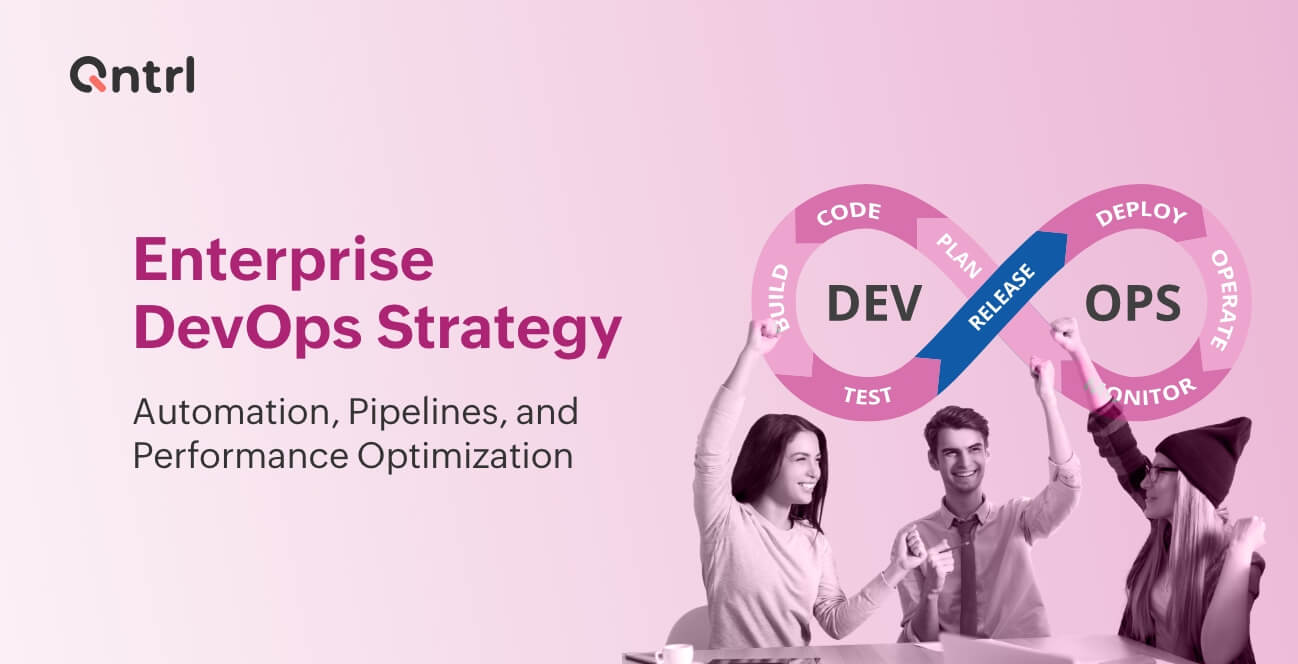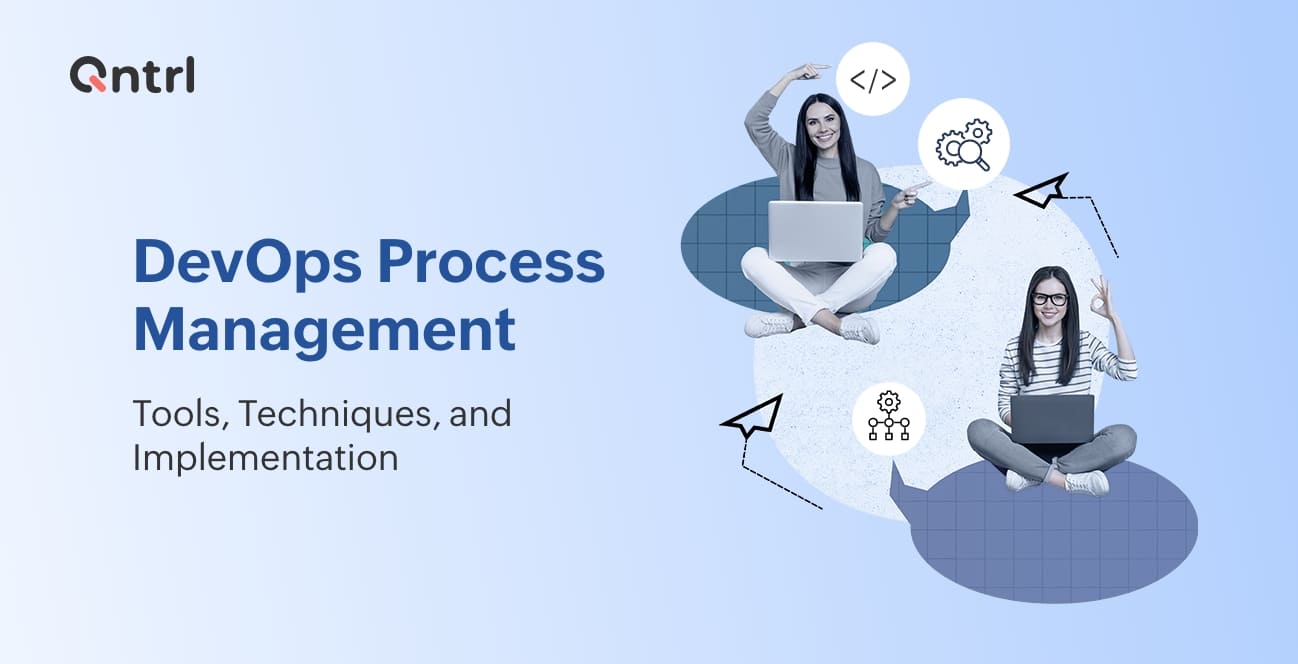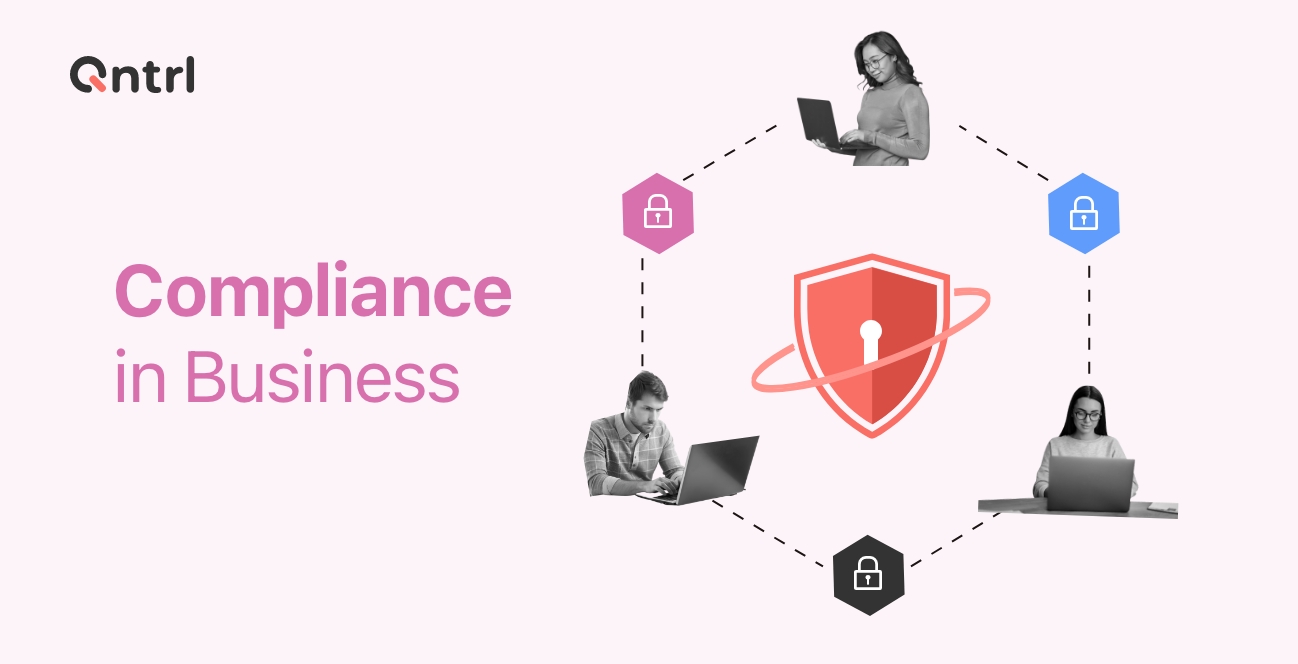Enterprise DevOps strategy: automation, pipelines, and performance optimization

Enterprise DevOps strategy is not about faster code deployment—it's about creating a sustainable, scalable system that delivers value continuously while managing complexity, governance, and performance. A well-defined DevOps strategy is essential to maintaining agility without compromising reliability or security in large organizations where multiple teams, tools, and compliance standards intersect.
Understanding the enterprise DevOps landscape
DevOps in an enterprise environment faces unique challenges compared to startups or mid-sized teams. Enterprises often manage diverse tech stacks, legacy systems, complex hierarchies, and strict compliance requirements, making seamless collaboration and delivery difficult.
Key challenges include:
- Fragmented teams and tooling silos
- Regulatory and audit requirements
- High risk of deployment failures due to interdependencies
- Resistance to cultural shifts and new tooling
Despite these hurdles, the benefits of DevOps in the enterprise are clear: faster time-to-market, improved software quality, greater team alignment, and enhanced customer experiences. However, reaching this maturity demands a strategic approach tailored to the enterprise scale.
Building blocks of a modern enterprise DevOps strategy
Before diving into tools or processes, it's important to align on foundational elements that define enterprise DevOps success:
- Culture and collaboration: Break down silos between development, operations, QA, and security teams through shared goals and open communication.
- Automation and tooling: Standardize and automate across development, testing, deployment, and monitoring stages to reduce manual effort and human error.
- Scalable infrastructure: Adopt flexible infrastructure that supports rapid scaling, including containers, serverless, and cloud-native models.
- Continuous feedback: Integrate monitoring and user insights to iterate based on real-world usage and performance.
- Governance and compliance: Embed control points into workflows without disrupting delivery speed, ensuring adherence to policies and regulations.
These components form the core of an enterprise DevOps architecture that supports agility at scale while maintaining control and traceability.
The role of automation in enterprise DevOps
Automation is central to enterprise DevOps, enabling speed and consistency across environments and teams. It reduces handoff delays, increases reliability, and frees up engineers to focus on innovation.
Automating handoffs and coordination
Enterprise DevOps involves multiple stakeholders across business, IT, security, and support. Tools like Qntrl help orchestrate cross-functional workflows—automating task assignments, approvals, escalations, and SLA tracking.
Infrastructure as code (IaC)
IaC allows enterprises to manage and provision infrastructure using code, ensuring consistency across environments. Tools like Terraform and AWS CloudFormation simplify managing infrastructure changes, enabling version control, testing, and rollback.
Test automation and shift-left testing
To reduce defects early, enterprises adopt shift-left strategies—automating tests (unit, integration, security) directly in the CI/CD pipeline. This helps catch issues faster and reduces cost of rework post-deployment.
Enterprise-grade CI/CD pipelines
A robust pipeline is the backbone of DevOps. It connects developers to operations and customers through a repeatable, automated system.
Designing scalable and secure pipelines
Modern pipelines handle multiple builds and deployments simultaneously. Security is embedded from the start, with signed commits, access controls, and pre-deployment checks to ensure safe releases.
Multi-environment and multi-cloud delivery
Enterprises often deploy across dev, staging, production, and hybrid/multi-cloud setups. Pipelines must support parallel deployments with environment-specific configs while preserving consistency.
Governance and orchestration
To manage complexity, enterprises use orchestration tools that add control layers to pipelines. Qntrl, for instance, lets teams embed workflows that require approvals, compliance validation, and stakeholder reviews—bridging the gap between automation and governance.
Performance optimization in complex environments
In enterprise DevOps, optimizing performance goes beyond code efficiency—it involves system-wide visibility, proactive monitoring, and minimizing downtime. High-performing teams build observability directly into their workflows to track metrics across infrastructure, application behavior, and user experience.
Observability and telemetry
Modern enterprises use observability stacks to capture logs, metrics, and traces across services. This holistic view lets teams pinpoint latency issues, bottlenecks, or failed dependencies in real-time, improving reliability and response time.
Feedback loops and adaptive tuning
DevOps is not a one-way delivery pipeline—it's a loop. Enterprises integrate feedback from performance dashboards, user behavior, and service tickets to continuously refine applications. This adaptive tuning ensures the system remains responsive as usage patterns and loads evolve.
Capacity planning and load optimization
Predictive scaling and load distribution strategies ensure that applications perform consistently, even under stress. Enterprises often simulate peak traffic and apply throttling, caching, or scaling policies based on actual usage trends to optimize costs and performance.
Security and compliance by design
Enterprises operate under strict security standards and must ensure their DevOps practices align with internal and external policies. Incorporating security early and consistently throughout the delivery lifecycle is non-negotiable.
Shift-left security
Embedding security scans into the earliest stages of development helps detect vulnerabilities before deployment. Enterprises adopt static code analysis, container scanning, and dependency audits within their CI pipelines to enforce secure code practices.
Policy enforcement and access control
Organizations define strict policies on who can deploy, approve, or modify pipelines to ensure governance. Centralized access control and audit trails allow for granular visibility and traceability—a requirement for many industries.
Compliance as part of workflows
Instead of treating compliance as a post-deployment step, enterprises design workflows that embed documentation, evidence collection, and approval gates within the DevOps process. This ensures continuous compliance without slowing delivery.
Integrating with enterprise systems
DevOps doesn't operate in isolation; it must connect with a broader ITSM, ERP, CRM, and analytics platform ecosystem. For enterprises, this integration ensures that changes made in the development lifecycle are visible and traceable across departments.
Unified data flows
By connecting DevOps pipelines with upstream and downstream systems, organizations prevent data silos and keep stakeholders aligned. For example, customer feedback from a CRM can inform prioritization in the development backlog.
Cross-functional collaboration
Collaboration extends beyond dev and ops—legal, security, customer success, and marketing teams rely on timely updates and traceable processes. Enterprises build integrations that notify the right people, capture input, and align timelines.
Legacy system interoperability
Many enterprises still rely on legacy systems that can't be retired overnight. A robust DevOps strategy includes connectors and data bridges that ensure modern workflows don't break compatibility or compliance requirements.
Measuring DevOps maturity
Progress in enterprise DevOps isn't just about faster releases—it's about improved outcomes, reduced risk, and better cross-team participation. Measuring maturity helps identify where the organization stands and where to improve.
Key DevOps metrics
- Deployment frequency: How often changes are released to production
- Lead time for changes: Time from code commit to deployment
- Change failure rate: How many changes cause issues post-deployment
- Mean time to recovery (MTTR): Time taken to restore service after failure
Assessing collaboration health
Beyond technical KPIs, cultural and collaboration indicators are essential. Are teams working in silos or sharing accountability? Are feedback loops closing? Are knowledge and workflows documented and discoverable?
Continuous improvement mindset
Maturity isn't a destination—it's an ongoing cycle. Enterprises regularly reassess tools, practices, and team dynamics to adapt to changing business needs, compliance rules, and customer expectations.
Future-proofing your enterprise DevOps approach
As technology and business landscapes evolve, so must enterprise DevOps strategies. Future-ready means designing systems that scale, adapt, and learn without increasing complexity or manual overhead.
Modular architecture
Loosely coupled microservices, API-first designs, and reusable infrastructure templates allow for greater flexibility and resilience.
Self-service capabilities
Empowering teams to provision environments, initiate deployments, or run diagnostics without waiting on centralized support boosts velocity and autonomy—key traits of DevOps maturity.
Governance without friction
Enterprise-grade orchestration ensures that oversight doesn't become a bottleneck as systems scale. Embedding governance into workflows helps enforce standards while keeping execution agile and accountable.
Building an enterprise DevOps strategy
Strategy for building larger-than-life enterprise scale DevOps processes requires balancing speed and control, autonomy, and accountability. It's not just about tools—it's about aligning people, processes, and platforms to deliver consistent, measurable business value at scale.
To see how orchestration platforms can streamline your DevOps workflows—while enabling secure, governed collaboration across teams—sign up for a free demo with Qntrl. Experience how structured automation can bring order to the complexity of enterprise delivery.
Enjoying your reading?
Enjoy organization and visibility too!
Qntrl can help you organise, control and improve production and projects in your team.







